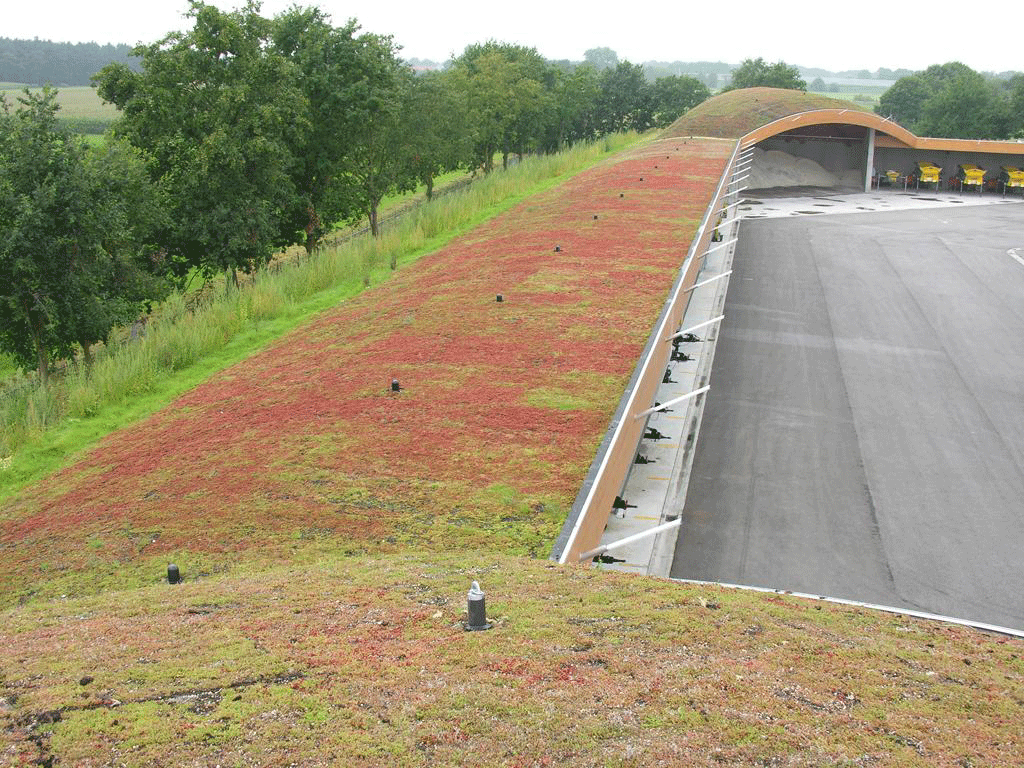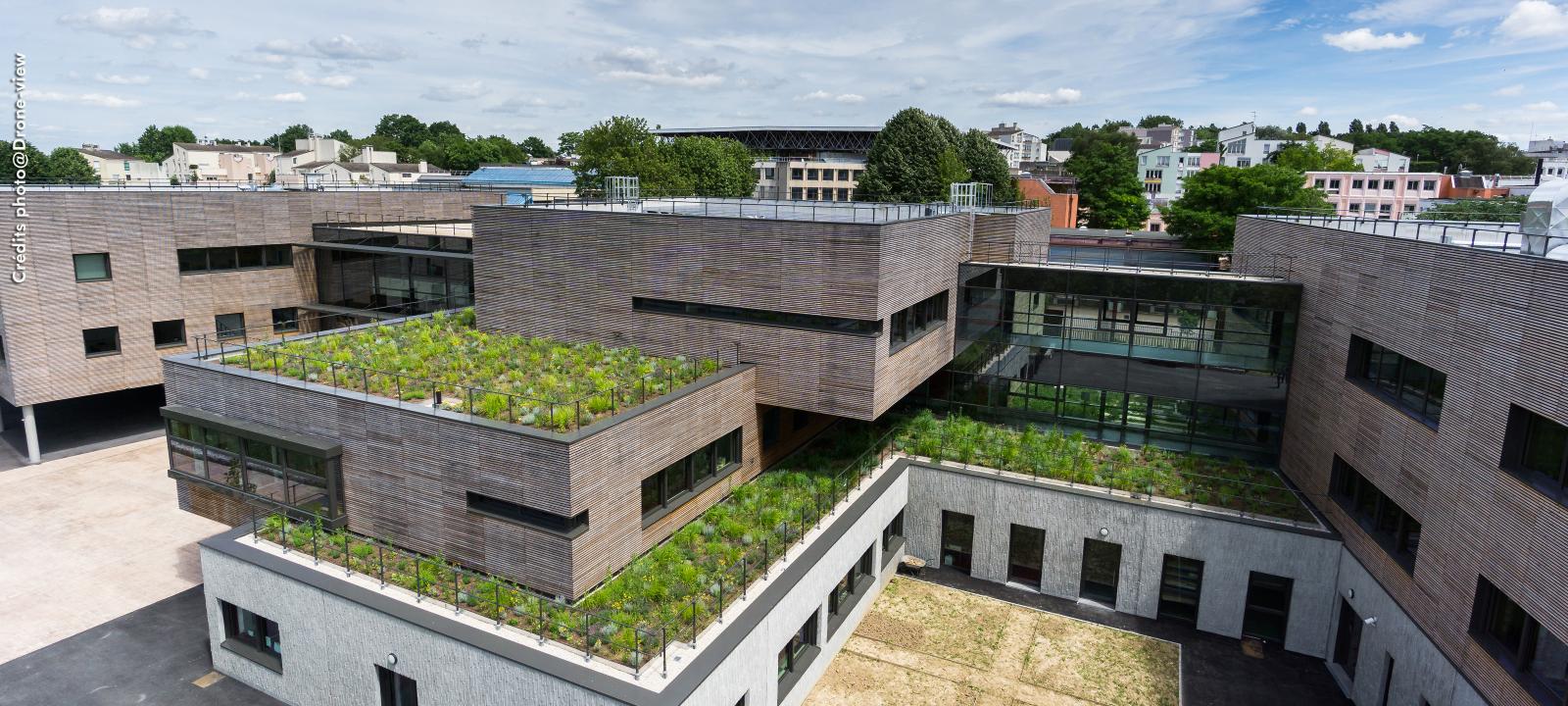

Because of the challenges of selecting plants for shallow media, this publication focuses on extensive green roofs.įigure 1. By contrast, extensive green roofs use shallower media depths (less than 6 inches) and require minimal maintenance. Intensive green roofs are similar to landscaping found at ground level, and require media depths greater than 6 inches and have intense maintenance needs. Green roofs are categorized as intensive or extensive systems. Green roofs also help provide an aesthetically pleasing environment to work and live in. They provide numerous ecological and economic benefits, including stormwater management, energy conservation, mitigation of the urban heat island effect, increased longevity of roofing membranes, and mitigation of noise and air pollution. Green roofs, or vegetated roofs, are an alternative roofing technology in which plant material is established on the rooftop. If integrated with solutions for rainwater collection and reuse for irrigating the vegetation on the roof, they contribute to reduce water consumption.Selecting Plant for Extensive Green Roofs in the United States What is a Green Roof? Furthermore, green roofs have a big aesthetic relevance, because they improve the building appearance, and they contribute to increase the real estate value. Green roofs improve air quality by capturing particulate matter and air pollutants, like CO2, with positive impacts on human health, and they also encourage biodiversity, by giving habitat for birds and insects. For example, the increase of thermal insulation and rainwater absorption is more relevant in intensive green roofs thanks to the thicker layer of terrain (see “Intensive Green Roofs”). Note: Ecological and environmental benefits are generally increased with a higher depth of terrain substrate. In case of partially covered roofs, attention should be given to the thermal properties of both green and paved sections, providing adequate solutions to avoid thermal bridges.

This implies a reduction of energy costs (mostly for indoor spaces situated at top floors).

Another advantage consists in rainwater drainage action, which is partially absorbed by the terrain and it is partially returned to natural cycle trough evapotranspiration, thus reducing the overload of sewage systems in case of extreme rain events.Įxtensive green roofs ensure an excellent thermal control of underlying indoor spaces, reducing thermal dispersion in winter and, thanks to their high thermal inertia, improved attenuation and phase shift during summer. Green roofs help to reduce the surrounding urban air temperature and to mitigate the urban heath island effect. Musk/sedum plants are very suitable for this purpose, because they have the capacity of storing a high quantity of water and surviving in long drought periods. Extensive roofs are prevalently realized with perennial herbaceous plants and shrubs ground covers (sedum). This intervention is ideal both for flat and sloped roofs, and it implies a limited structural overload because its vegetation is superficial, and the required terrain substrate thickness is about 15/20 cm.

Filtering and waterproofing layers below the terrain substrate should be continuous over the entire surface of the roof, and therefore installed both on green and paved portions. Usually, paved portions can be integrated to allow maintenance operations or for specific uses. Extensive green roofs can be partially or completely covered with vegetation.


 0 kommentar(er)
0 kommentar(er)
